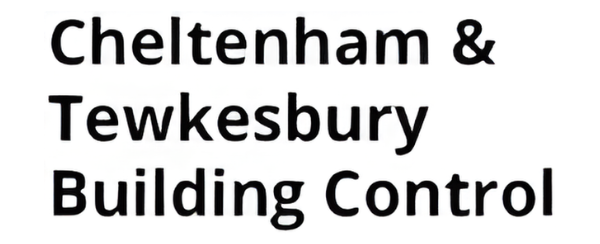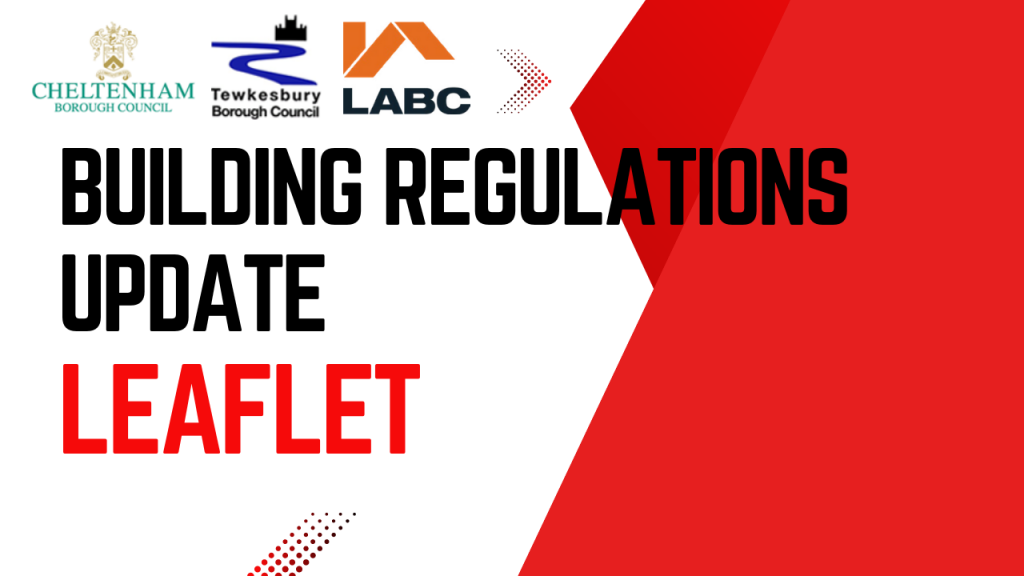Several changes to the building regulations have been introduced from 1 October 2023.
Higher-risk buildings (HRBs)
From 1 October 2023 all building regulation applications for higher-risk buildings (HRB) must be made to the building safety regulator who are the building control authority for building work relating to the following buildings:
- A residential building (two or more residential units) with a top floorthat is 18m or above ground level, or at least seven storeys.
- Hospitals or care homes with a topfloor that is 18m or above groundlevel, or at least seven storeys
If your project involves the erection,extension, or alteration of the above,you must contact the building safety regulators to make your application.
Changes to responsibilities of building work
The above changes will only apply to avery small number of building projects and won’t affect any building work that is not defined as a HRB. However other changes to the building regulations specifically changes to Building Regulations (Amendments) (England) 2023, will with the introduction of Part 2a into the Building Regulations 2010.
This part of the new regulations introduces new terms, roles and responsibilities to the building regulations, related construction activity and its various phases ofdesign and construction. These changes apply to all types of work covered by the building regulations.
Dutyholders
Part 2a of the building regulations introduces the role of the dutyholder(s), as well as competency requirements for both practitioners and clients. The changes place a greater responsibility for building regulation compliance on the client, requiring them to make suitable arrangements for planning, managing and monitoring a building project.
New duties are proposed for thosewho procure, plan, design, manage and undertake building work. The new duties apply to all building work to which the Building Regulations 2010 apply. The new dutyholder(s) role being introduced under the changes to the regulations will be held by the client (including domestic client), the principal designer and the principal contractor as well as duties on designers (including the sole or lead designer) and contractors (including sole contractor). These roles have been modelled on those in the Construction and Management Regulations 2015.
Under the new requirements, the dutyholder(s) are required to:
- Ensure they have competence (the necessary skills, knowledge, experience and behaviour) to carry out the design and building work they are engaged to do. They are also required to only undertake work within the limits of their competence.
- Ensure that there are arrangements and systems inplace to plan, manage and monitor design work and building work to ensure compliance with building regulations.
Dutyholder(s) are required to cooperate with other dutyholder(s) and are required to coordinate their work and communicate and provide information to other dutyholder(s). Refuse to accept an appointment for works they are not competent to deliver. Under the new duties, the client is the person responsible for commissioning the building work and is considered to have overall control over the project. The client, the person commissioning the work has a duty under the new regulations to take all reasonable steps to satisfy themselves that any and all dutyholder(s) acting on their behalf are competent.
However, for domestic projects, it is considered unlikely that the client will have sufficient competence to carry out this duty and therefore most of the client duties will be placed on those undertaking the design work and the building work as appointed by the client. The person(s) appointed by the client must then give notice to the relevant authority, with a statement explaining it is on behalf of a domestic client and providing the client details.
Although the client can delegate tasks, they cannot delegate responsibilities and must ensure that those they appoint have the right competencies to take on these roles.
The client as the dutyholder or the appointed dutyholder(s) need to ensure that there are arrangements and systems in place to plan, manage and monitor design work and building work to ensure compliance with building regulations.
If at any point during the application or construction process or at any time after a building control approval application is made or a building notice is given, the client for a project changes, the outgoing client must give notice to the relevant authority of the change and details of the new client. Equally, if the client appoints a principal designer (or sole or lead designer), the client must give notice to the relevant authority.
Where the client is a domestic client, the outgoing dutyholder(s) must provide information to the domestic client within five calendar days of their appointment ending, which must be provided to the person appointed on the date of appointment or as soon as practicable after that date. The client must give notice to the relevant authority of the change and details of the newly appointed dutyholder(s).
The above information is intended to help inform any potential applicant of the changes to the building regulations that come in to force on the 1 October 2023. It is not an exhaustive summary or comprehensive explanation of the changes to the Building Regulations (Amendments)(England) 2023, the CDM Regulations 2015 or the Building Safety Act 2022 and should not be treated as such.
For full details of the new legislation and regulatory changes please visit the the Health and Safety Executive website.
You can also download this information as a PDF leaflet.

